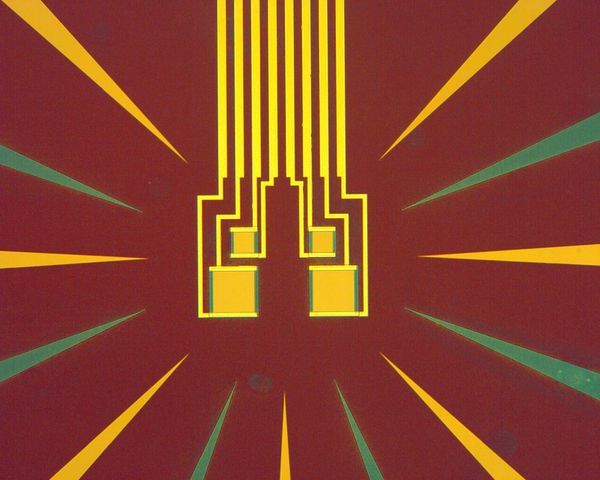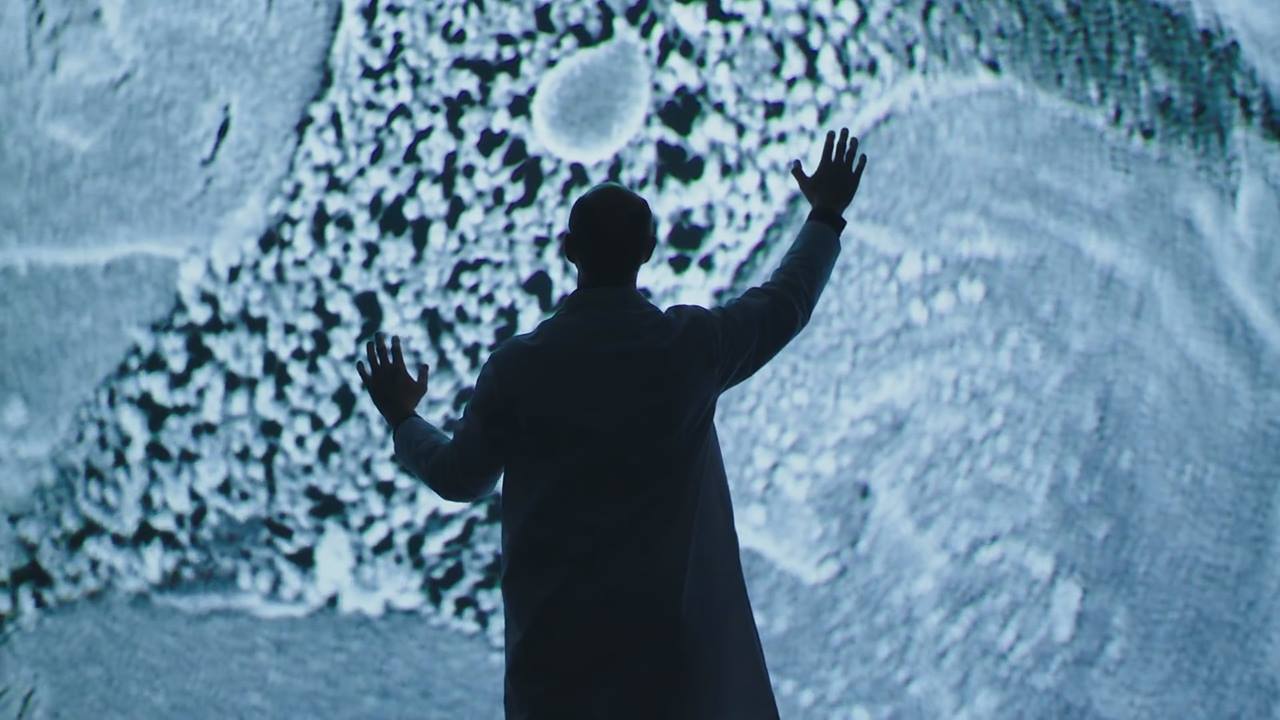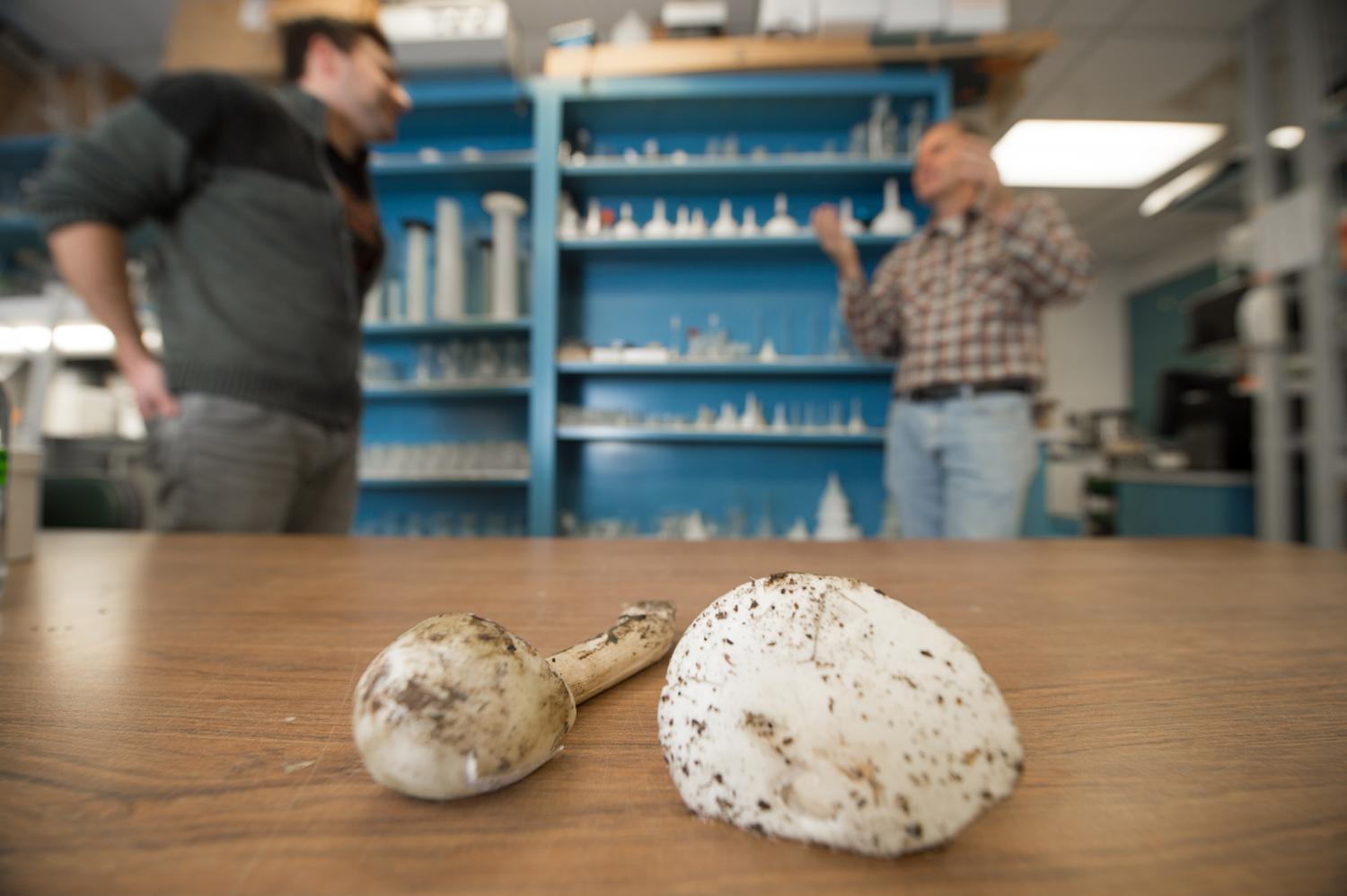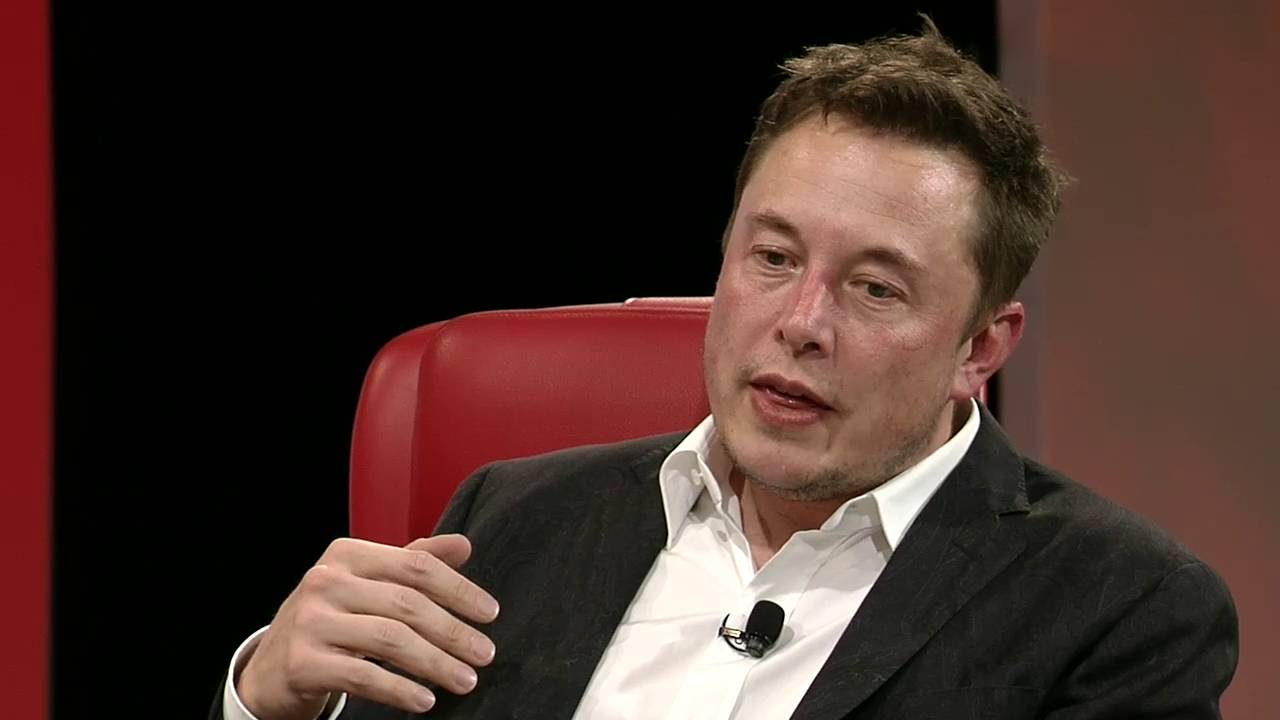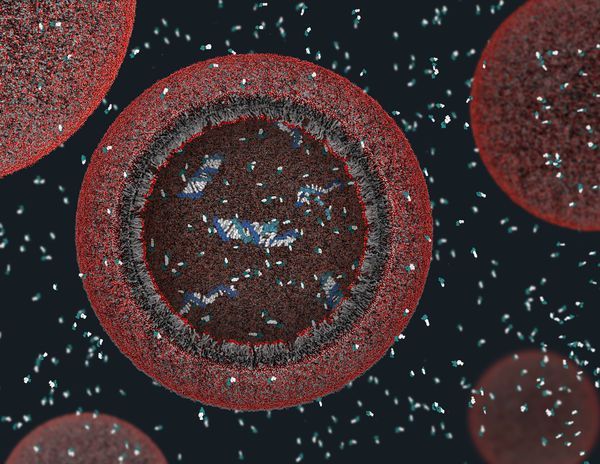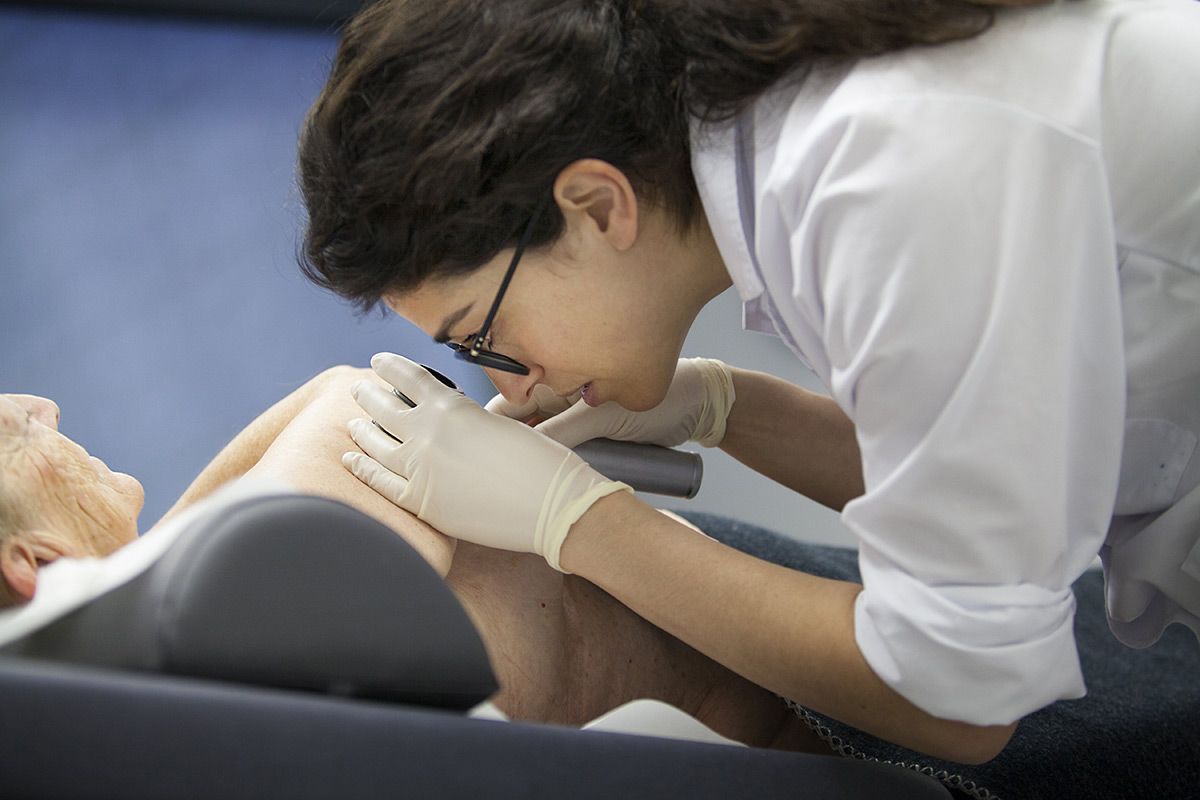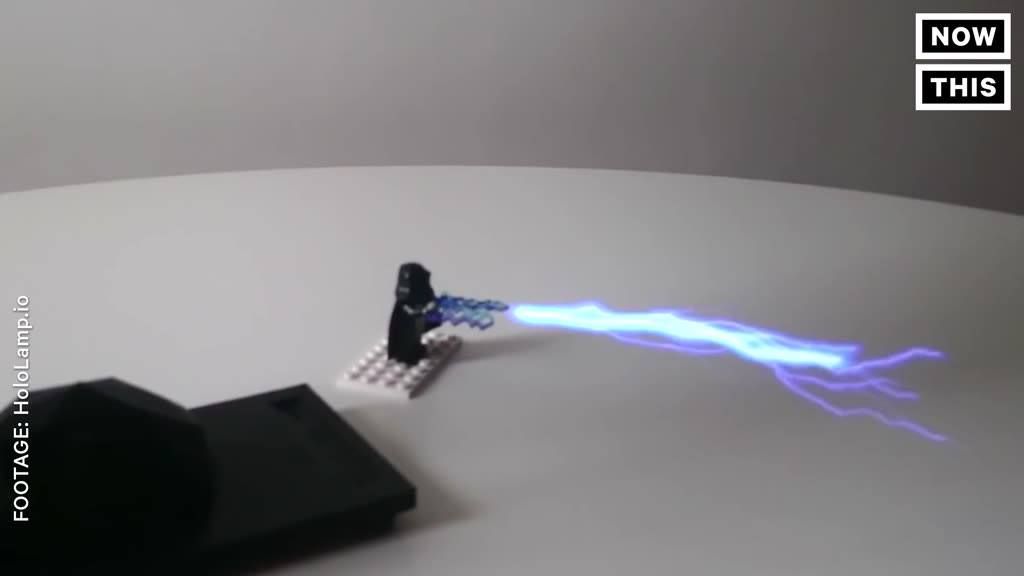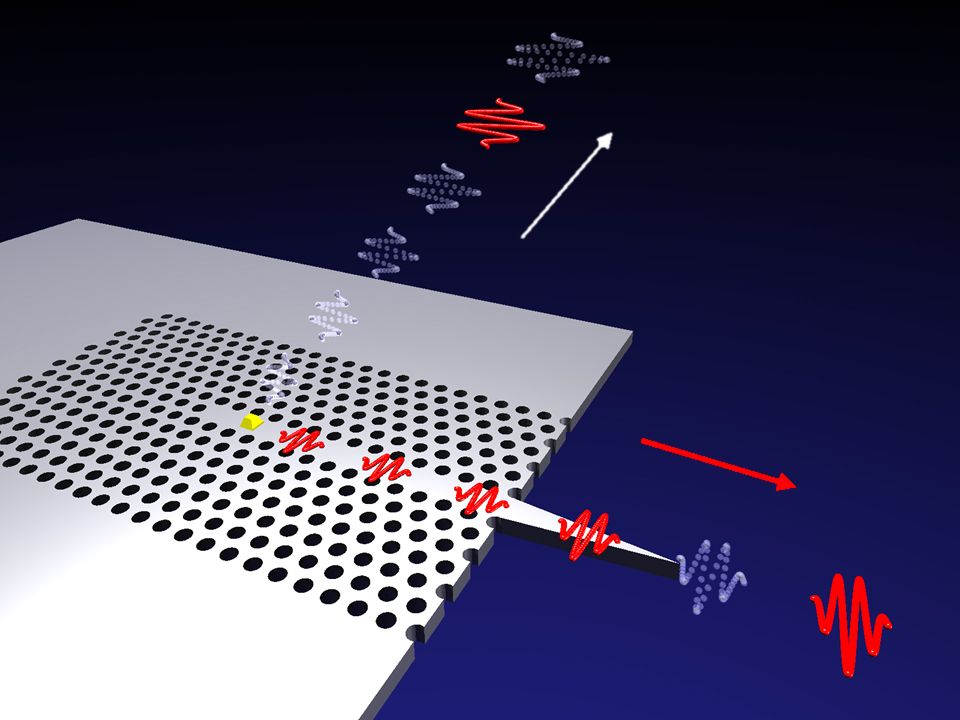Bringing us one step closer to a quantum Internet.
More progress for tissue engineering.
Skin is one of the easier starting points for 3D bioprinting, the application of rapid prototyping technologies to the construction of living tissue. Since skin is a thin tissue, the challenging issue of producing the intricate blood vessel networks needed to supply inner cells with oxygen and nutrients can be skipped. Thin tissue sections can be supported in a suitable nutrient bath, and after transplant, patient blood vessels will grow into the new skin. Further, there is a fairly large and long-established research and development industry involved in various forms of skin regeneration. Numerous forms of prototype skin-like tissues have been created over the years, lacking many of the features of the real thing, but still useful in the treatment of, for example, burn victims. Further, skin structure is by now well understood, and considerable progress has been made in deciphering the signals and environment needed for suitable cells to self-assemble into the correct arrangements. All told, it should not be a complete surprise to see significant progress emerge in this part of the field.
Just when you thought there wasnt mushroom left for new drug discovery!
A team of Michigan State University scientists has genetically sequenced two species of poisonous mushrooms, discovering that they can theoretically produce billions of compounds through one molecular assembly line. This may open the door to efficiently tackling some lethal diseases.
The study, published in the journal BMC Genomics, reveals the DNA of two Amanita mushrooms, which are responsible for the majority of fatal mushroom poisonings.
The team will focus on the “Death Cap,” which grows all over the West Coast and Europe, and the “Destroying Angel,” native to Michigan.
Neural lace. A brain implant. Such a thing must be separate enough that if the lace is hacked nothing happens to your brain. Otherwise no deal.
In nearly the same breath as he shared updates on his plans to dig tunnels, Elon Musk also noted he’s looking to hopefully share more on his progress with developing a “neural lace” next month. That’s a technical term for direct cortical interface, and it’s something that the SpaceX and Tesla CEO takes very seriously, in case you thought he might just be having a laugh.
Musk discussed the potential of a functional neural lace at Recode’s Code conference last year, speaking earnestly about its benefits in terms of being able to help humans keep pace with advancements in AI that threaten to render us vastly inferior to complex virtual intelligences.
@BelovedRevol Maybe next month.
Advanced photonic nanostructures are well on their way to revolutionising quantum technology for quantum networks based on light. Researchers from the Niels Bohr Institute have now developed the first building blocks needed to construct complex quantum photonic circuits for quantum networks. This rapid development in quantum networks is highlighted in an article in the journal Nature.
Quantum technology based on light (photons) is called quantum photonics, while electronics is based on electrons. Photons (light particles) and electrons behave differently at the quantum level. A quantum entity is the smallest unit in the microscopic world. For example, photons are the fundamental constituent of light and electrons of electric current. Electrons are so-called fermions and can easily be isolated to conduct current one electron at a time. In contrast photons are bosons, which prefer to bunch together. But since information for quantum communication based on photonics is encoded in a single photon, it is necessary to emit and send them one at a time.
In Brief Science fiction often serves as a curiosity catalyst for a lot of technological innovation. One such example is this Alcubierre Warp Drive, that would absolutely revolutionize the capability of humans to traverse the stars.
It’s always a welcome thing to learn that ideas that are commonplace in science fiction have a basis in science fact. Cryogenic freezers, laser guns, robots, silicate implants… and let’s not forget the warp drive! Believe it or not, this concept – alternately known as FTL (Faster-Than-Light) travel, Hyperspace, Lightspeed, etc. – actually has one foot in the world of real science.
In physics, it is what is known as the Alcubierre Warp Drive. On paper, it is a highly speculative, but possibly valid, solution of the Einstein field equations, specifically how space, time and energy interact. In this particular mathematical model of spacetime, there are features that are apparently reminiscent of the fictional “warp drive” or “hyperspace” from notable science fiction franchises, hence the association.
